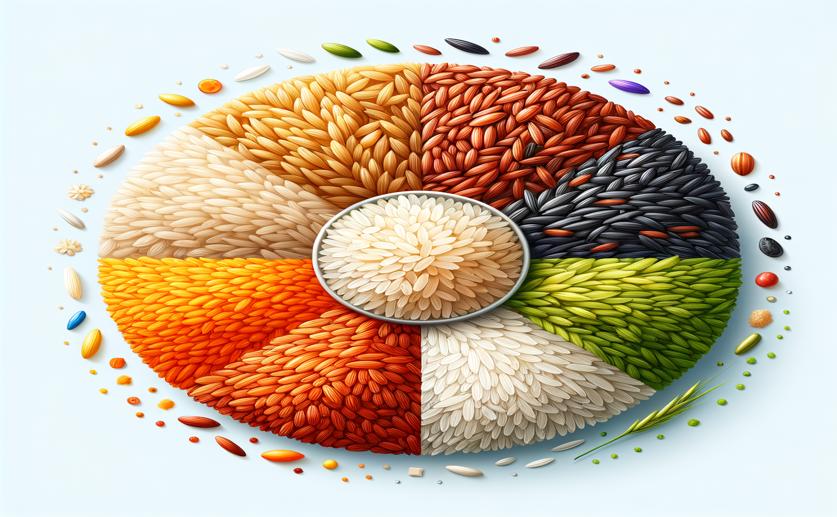
Exploring the Nutrient Diversity of Colored and White Traditional Rice Varieties
Greg Howard
16th May, 2024

Image Source: Natural Science News, 2024
Key Findings
- The study analyzed metabolomic differences between pigmented (Kullkar) and non-pigmented (Milagu Samba) traditional rice varieties from Tamil Nadu
- Researchers identified 168 metabolites in both rice types, including fatty acids, sugars, terpenoids, plant sterols, phenols, and carotenoids
- Pigmented rice (Kullkar) showed higher levels of beneficial compounds like monounsaturated and polyunsaturated fatty acids, which can help reduce cholesterol
AgricultureBiochemPlant Science
References
Main Study
1) Unravelling the metabolomic diversity of pigmented and non-pigmented traditional rice from Tamil Nadu, India
Published 15th May, 2024
https://doi.org/10.1186/s12870-024-05123-3
Related Studies
2) Metabolite Profiling Reveals Distinct Modulation of Complex Metabolic Networks in Non-Pigmented, Black, and Red Rice (Oryza sativa L.) Cultivars.
3) Cyanidin 3-O-beta-D-glucoside suppresses nitric oxide production during a zymosan treatment in rats.
Journal: Journal of nutritional science and vitaminology, Issue: Vol 48, Issue 4, Aug 2002
4) The revisited levels of free and bound phenolics in rice: Effects of the extraction procedure.
5) Comparative analysis of rice reveals insights into the mechanism of colored rice via widely targeted metabolomics.



 8th May, 2024 | Greg Howard
8th May, 2024 | Greg Howard